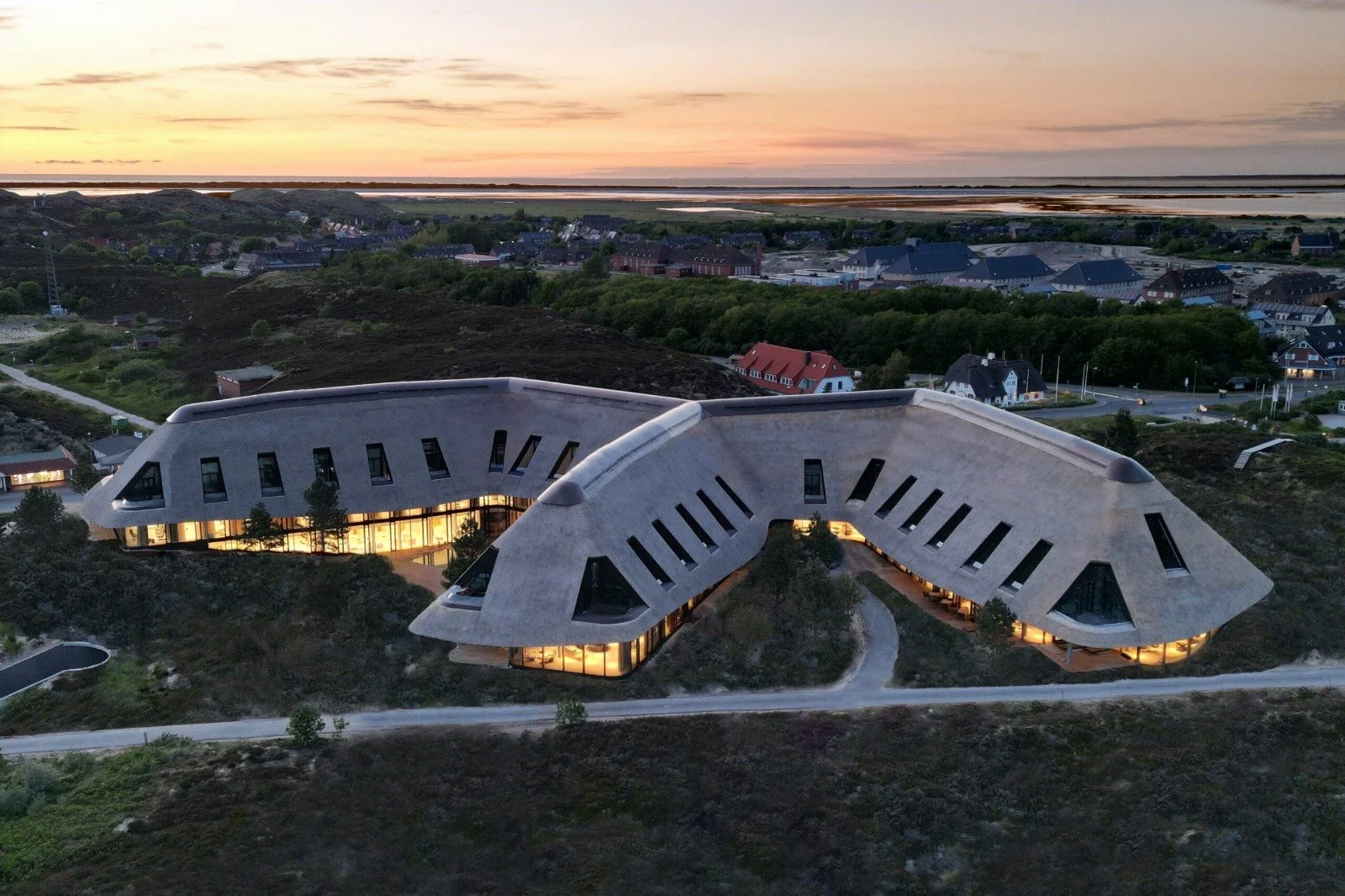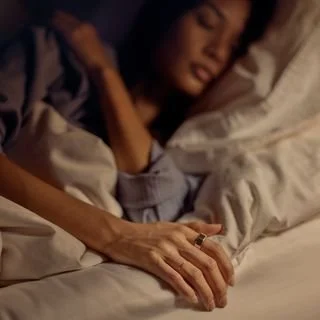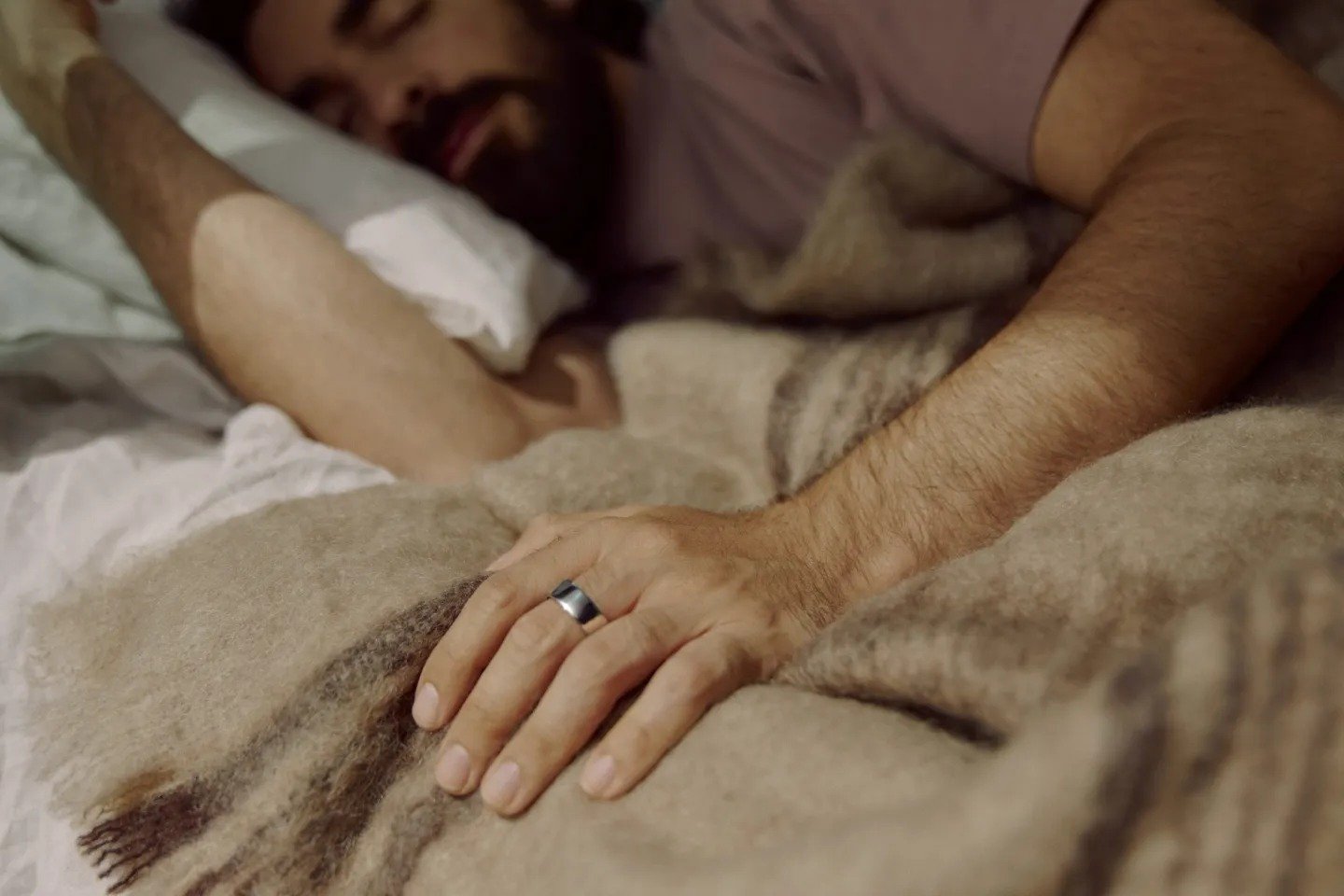The Rise of Sleep Tourism: Inside the New Luxury of Rest
In a world running on burnout, sleep is no longer an afterthought – it’s a destination.
Forget “I’ll sleep when I’m dead.” In 2025, the most sought-after luxury isn’t a penthouse suite or a private jet. It’s eight uninterrupted hours, curated to perfection. Sleep tourism – the growing trend of travelling specifically to rest – has moved from wellness niche to mainstream obsession, backed by science, driven by design, and fuelled by a collective exhaustion that no amount of espresso can fix.
From Equinox Hotels’ Sleep Lab in New York to Ayurvedic deep-sleep retreats in Sri Lanka, the offering goes far beyond blackout curtains and fluffy pillows. These programmes blend high-performance hospitality with clinical know-how, creating a new category of travel where the check-in is just the beginning of the wind-down.
Why Sleep Became the New Status Symbol
The shift is cultural as much as it is physical. For decades, being underslept was a badge of honour – a by-product of ambition. Now, the data is impossible to ignore: chronic sleep deprivation erodes mood, memory, immunity, and even lifespan.
Hästens’ Grand Vividus mattress
The luxury sector was quick to spot the opportunity. Hästens’ Grand Vividus mattress – priced up to £1 million – is less a bed than a statement piece, as likely to be found in Drake’s Toronto mansion as in an actual sleep clinic. Similarly, HOGO’s Sleep System promises to modulate melatonin and cortisol for “biological age” benefits, while AI-powered beds from Bryte adjust temperature and pressure in real time, already adopted by Park Hyatt and other top-tier hotels.
But while tech and design dominate the marketing, the most effective programmes take a more holistic view. As Nancy Rothstein, a leading sleep strategist, puts it: “Hotels are in the business of sleep – but the real luxury is taking home what works for you.”
Where the World Sleeps Best
Six Senses Douro Valley, Portugal
Blends nature with neuroscience – think sleep tracking, cranial sacral therapy, and yoga nidra to reset your circadian rhythm. Shown above.
www.sixsenses.com/en/resorts/douro-valley
Anantara Peace Haven Tangalle, Sri Lanka
A full-body Ayurvedic reset: daily yoga, warm oil massages, and rituals designed to dismantle stress before bed.
www.anantara.com/en/peace-haven-tangalle
Kamalaya Koh Samui, Thailand
Built for the burnt-out. Combines Traditional Chinese Medicine with meditation, herbal therapies, and a focus on nervous system regulation.
Lanserhof Sylt, Germany
Medical-grade diagnostics meet restorative spa culture – tackling fatigue and underlying health issues alongside sleep.
www.lanserhof.com/en/lanserhof-sylt
Equinox Hotel, New York
The Sleep Lab (developed with Dr Matthew Walker) integrates adaptive mattresses, jet-lag reset tools, and a sleep-focused menu to maximise recovery for high-performance travellers.
www.equinox-hotels.com/nyc/sleep
The Tech Factor
Sleep tourism’s rapid growth is fuelled by the tools that make rest measurable – and marketable. The Oura Ring, shown above, beloved by Kim Kardashian and Prince Harry, turns your sleep patterns into daily data points, revealing when you’re genuinely rested or running on reserves. Luxury retreats now fold these wearables into programmes, giving guests insight into how treatments and environments are impacting their recovery in real time.
AI-enhanced beds, circadian lighting systems, and VR-guided relaxation sessions are becoming part of the hospitality toolkit – creating an experience that is both indulgent and instructive.
Moncler x Rick Owens Silent Sleeping Pod
And then there are design-led innovations blurring the line between fashion, interiors, and recovery tech. The Moncler x Rick Owens Silent Sleeping Pod is one such example – a soundproof, temperature-controlled steel cocoon lined in organically dyed recycled nylon, complete with a regenerative oxygen system, lighting and sound control, and refrigerated storage. Debuted at Olympia London, it’s part wellness capsule, part art installation, and coordinates with a Rick Owens clothing capsule. It’s a futuristic take on sleep that can be ordered through Owenscorp’s furniture division – more private retreat than hotel room, and a stark statement on the aesthetics of isolation.
Why This Isn’t Just a Holiday
Critics dismiss sleep retreats as expensive quick fixes. And yes – an ultra-calibrated mattress won’t undo years of poor habits. But the best programmes frame themselves as a reset, not a cure: a chance to break patterns, experience optimal sleep conditions, and identify the rituals worth importing back home.
The key is to approach sleep tourism like any high-end wellness experience – with self-awareness, realistic expectations, and the intention to sustain changes beyond check-out. As Dr Moira Junge of the Sleep Health Foundation warns: “There is rarely going to be one-size-fits-all sleep advice.”
The Future of Travel’s Most Restorative Trend
With burnout officially recognised by the WHO, airlines, resorts, and urban hotels are weaving sleep into every stage of the journey – from melatonin-friendly in-flight dining to rooms engineered for circadian balance. Expect AI-powered sleep coaching, deep-sleep–only retreats, and a stronger focus on rest as performance enhancement, not passive downtime.
Because in the end, the luxury isn’t the blackout curtains, the herbal tea, or the £1M mattress. It’s waking up – wherever you are – feeling like you actually slept.









